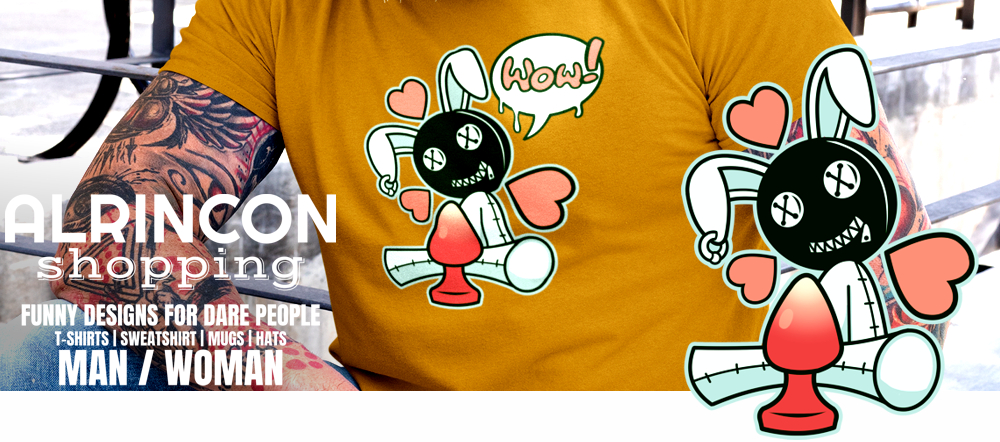Porn Discounts Sex Games Porn Games Juegos XXX Hentai Games PornStar Games 3D Porn Tantaly Sex Doll Cupsland Sextoy Live Cams
Live Sex Free Live Sex Free Sex Games Páginas Porno Rose Toy Free OnlyFans Celebrity Fappening Celebrity Sex Videos TikTok Porn Best OnlyFans
Live Sex Free Live Sex Free Sex Games Páginas Porno Rose Toy Free OnlyFans Celebrity Fappening Celebrity Sex Videos TikTok Porn Best OnlyFans
Published on 2025/01/07
BREASTFEEDING ON SOCIAL MEDIA VOL. 2

fouronzas
I’ve got two more videos of the former YouTuber we talked about yesterday, who was taking advantage of platform loopholes to rake in over 30K a month by uploading videos of her boobs.
ExtraBall by david
When you’ve got new boobs and can’t wait to share them with family and friends.
|
➡️ Let's do real, be real with Tantaly, the sex doll torso leader |
ExtraBall2
(Clicking on these links daily you support ALRNCN's work. They're collaborators or sponsors and, by visiting their sites, they like us even more)










RANDOM AI-GENERATED IMAGES VOL11
Like it or not, AI has officially learned how to play with our fantasies. And it does it with almost offensive precision — smooth skin, hypnotic gazes, teasing poses, and bodies crafted to perfection. No models, no cameras. Just pure algorithmic magic.
They may not be real, but the way they make us feel? That part’s very real. And that says a lot. Because behind every image, there’s a question that lingers: is this just the beginning? If AI can generate this kind of visual fantasy now, what will it be capable of in one, five, or ten years?
For now, the only thing that’s clear is this digital fantasy isn’t going anywhere. So stop overthinking it and just enjoy.

# View images
ExtraBall
This is how people who don’t visit ALRNCN start their week.
ExtraBall2
(Clicking on these links daily you support ALRNCN's work. They're collaborators or sponsors and, by visiting their sites, they like us even more)










AMATEUR FLESH: VIOLETFOXY
Violet Foxy loves tea, yoga, music, podcasts, and fitness. If you’ve got a few things in common, who knows—maybe you two are meant to be.

# View photos and videos
ExtraBall by ja41
Finally. This is the first time we’ve seen Grace Boor’s nipple. Today’s a good day. Everything comes to those who wait.
ExtraBall2
(Clicking on these links daily you support ALRNCN's work. They're collaborators or sponsors and, by visiting their sites, they like us even more)



















RECOMMENDED SITES
 Add your site
Add your site
- Entensity
- Motherless
- BoobieBlog
- Babes & Bitches
- Erotic Beauties
- celeb-stalker.com
- drunkenstepfather
- Candid Teens
- sweetlicious
 Add your site
Add your sitePorn Discount
💩 CrazyShit
🤪 eFukt
NudeChatGirls
👉🍑 Top XXX Pictures
Bingo Porno
Best Porn Blog Sites
Sex Games
Real Amateur Porn
MrPornGeek
CamBB.xxx
ChatSex.xxx
Comepollas
PornScn Free Porno
AI Girlfriend App

















RANDOM AI-GENERATED IMAGES VOL10
While we wait for that future we've seen so often in movies—where machines finally take over and do whatever they please—there's no harm in enjoying some of the amazing perks artificial intelligence is giving us right now. Among those perks, AI's talent for crafting stunning images, captivating curves, and perfect silhouettes straight out of our wildest dreams definitely stands out.
Yes, AI has truly become a master at creating visual fantasies, gifting us digital goddesses who make us forget, at least for a moment, about the impending robot takeover. So, until the day machines rise up, let's shamelessly enjoy these masterpieces created by algorithms that know exactly how to catch our attention.

# View Images
ExtraBall
I'm not sure whether to lick it or hit it hard with my cock.
ExtraBall2
(Clicking on these links daily you support ALRNCN's work. They're collaborators or sponsors and, by visiting their sites, they like us even more)











REAL OR AI? VINTAGE EROTICISM THAT TRICKS THE SENSES
These vintage-style photos look like they've been rediscovered from some forgotten drawer dating back to the 1930s or 40s. Everything is meticulously detailed: the lighting, the textures, even that subtly sensual vibe typical of erotic imagery from that era. They're so convincing, in fact, that it's quite challenging to realize they've actually been generated by artificial intelligence. Sure, there are small clues that give them away, but anyone who's not used to spotting such details might never even notice.
That's precisely the catch: AI is evolving so rapidly and subtly that we hardly notice how something previously unmistakably artificial can now easily pass for human. It’s like a slow, gradual change you only become aware of when it's already undeniable.
So sit back and enjoy these images blending nostalgia, sensuality, and artificial intelligence. Who would've thought the past and future could merge this seamlessly?

# View images
ExtraBall
If you're in such a hurry, you should've left earlier!
ExtraBall2
(Clicking on these links daily you support ALRNCN's work. They're collaborators or sponsors and, by visiting their sites, they like us even more)











Contact
You can tell us whatever you want via email: [email protected]
If you prefer, you can use this contact form:
If you prefer, you can use this contact form:






TED TALKS
TED Talks (short for Technology, Entertainment, Design) are those short but punchy presentations — usually under 18 minutes — where smart, interesting people share ideas they believe are “worth spreading.” And to be fair, a lot of them actually are.
They started back in the '80s as a half-tech, half-artsy kind of event, but really blew up in the 2000s when the talks were posted online for free. That’s when it all went viral. Now there’s TEDx — local versions popping up in cities everywhere, with speakers of all kinds: scientists, activists, artists, teachers, ex-cons, even kids.
The talks are super polished, both in content and delivery. Everything is packaged like it’s the idea that’ll change your life. Sometimes it is. Sometimes... not so much. But the format hooks you: good storytelling, clear messaging, and a closing punch that leaves you thinking (or reposting it to look deeper than you actually are).

# View images
ExtraBall
When you're with your crew Vs when you're on your own.
ExtraBall2
(Clicking on these links daily you support ALRNCN's work. They're collaborators or sponsors and, by visiting their sites, they like us even more)










ANASTASIA MITINA FOR ANA DIAS
The brilliant photographer Ana Dias delivers pure visual magic once again, this time starring the stunning Anastasia Mitina in a shoot for Playboy Netherlands.

# View photos
ExtraBall
If I’d known, I wouldn’t have come upstairs.
ExtraBall2
(Clicking on these links daily you support ALRNCN's work. They're collaborators or sponsors and, by visiting their sites, they like us even more)



























